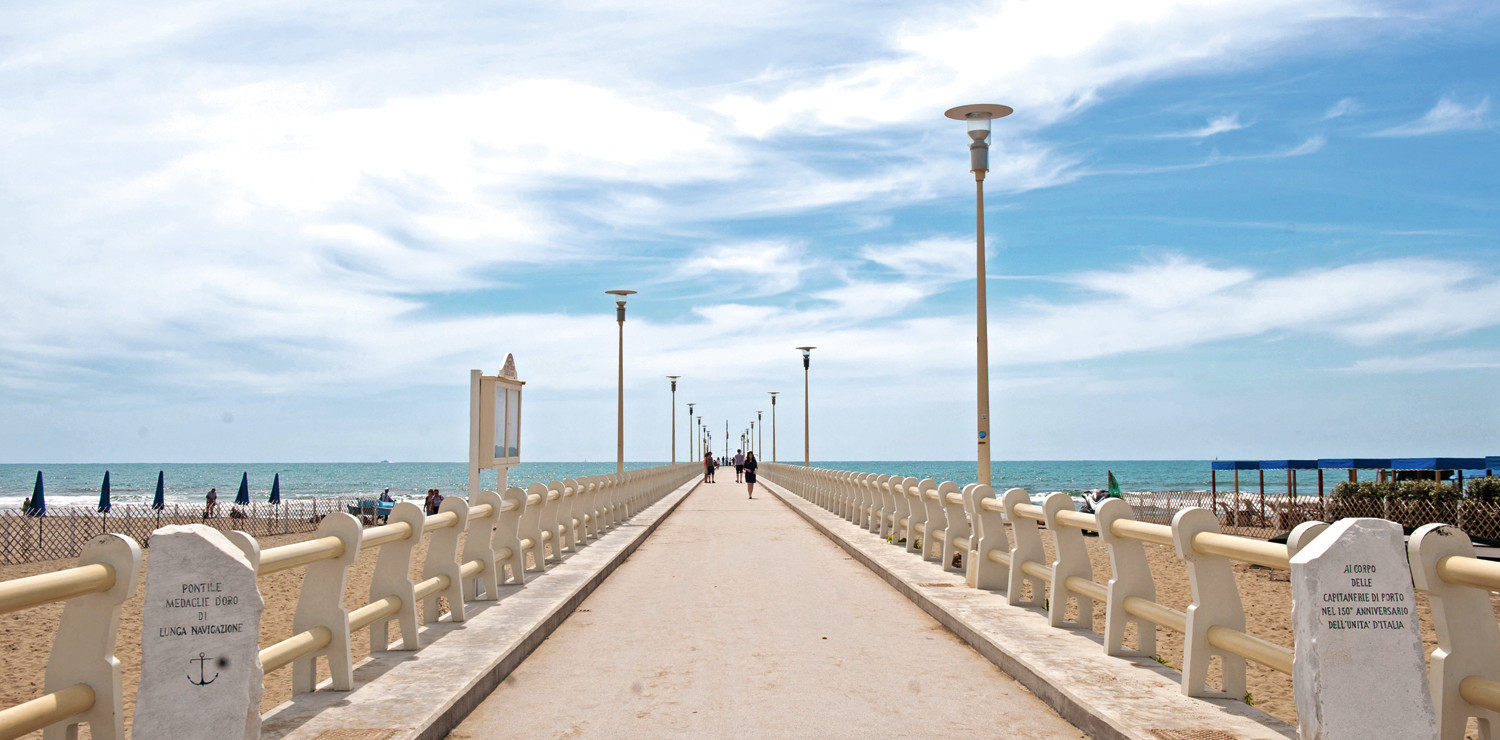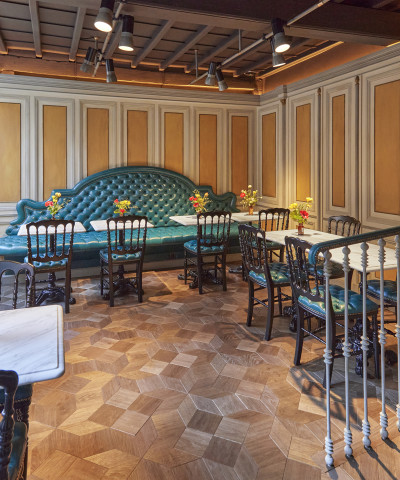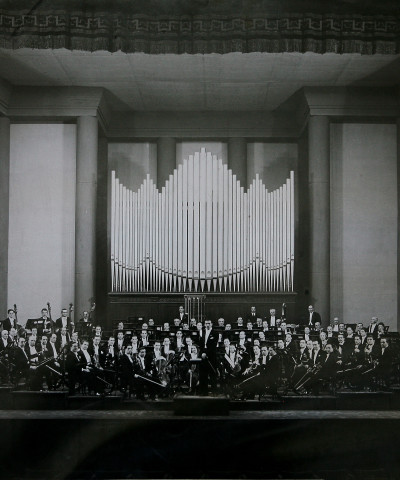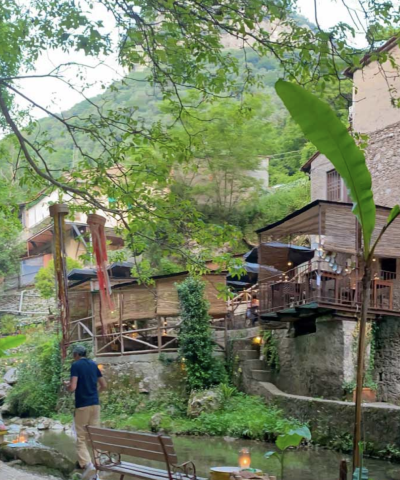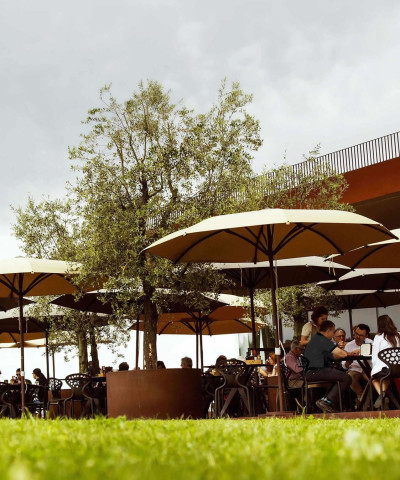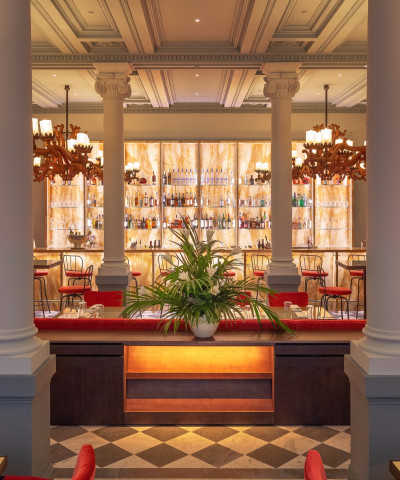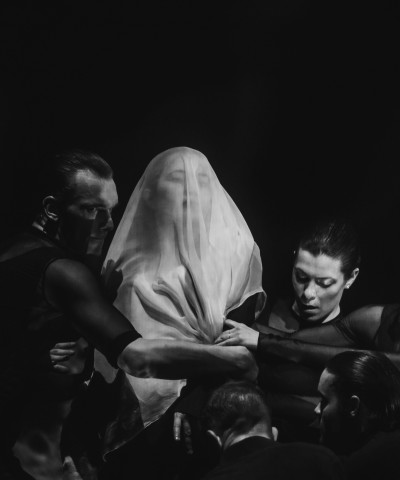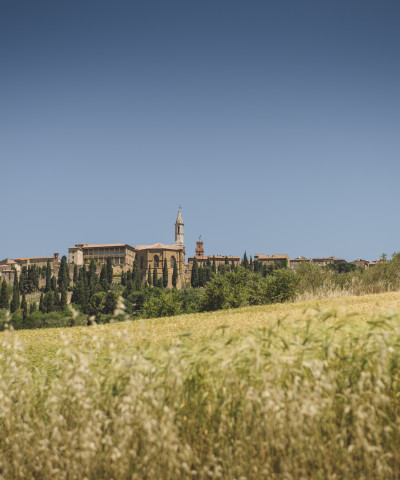Gianni Mercatali and the Versilia
A land of love, passion and summer holidays told by a true expert on these iconic places
The Versilia has always been the land of my heart and my thoughts, ever since 1949, when my parents would take me on holiday to our house in Via del Fortino in Lido di Camaiore, and the Bagno Paradiso beach club.
Then in 1954 we moved to a little house in Via Versilia, Forte dei Marmi, and we’d go to the Silvio beach club, which I still frequent 66 years later: the same beach, the same club, the same awning, although in the old days there were sun umbrellas, the same beach hut, number 32. I’m a very loyal person! For me, Forte is associated with memories, customs, feelings, passions, friendship and love. I feel this land belongs to me and I have to say that for me Versilia isn’t so much a holiday resort as a place to spend the whole summer.
 The traditional beach huts of Forte dei Marmi, symbol of a timeless Dolce Vita
The traditional beach huts of Forte dei Marmi, symbol of a timeless Dolce Vita I move here lock, stock and barrel every summer, from workers’ day on 1 May until 30 September, and I set up my “beach office” on these “noble sands”. This year, because of Covid-19, I’ve postponed my trip until July. Versilia is fabulous all year round too, thanks to its wonderful microclimate. Among other things, in winter you can enjoy the fantastic experience of horse riding on the beach. But there’s more to this area than just sea and sand. In summer this corner of Tuscany offers a whole series of unmissable cultural, tourist and worldly delights, starting with nightclubs that have made musical and entertainment history, like La Capannina in Forte dei Marmi, open since 1929, and La Bussola in Marina di Pietrasanta, since 1955.
The stages of these venues have seen the brightest and best of international showbiz, and their tables have seated aristocrats and business people, from the Rospigliosi to the Rucellai, the Agnelli to the Moratti.
 The generous awnings of the beach clubs on the “noble sands” of Forte dei Marmi
The generous awnings of the beach clubs on the “noble sands” of Forte dei MarmiBut in Versilia, the seaside can also be the mountains. In the background are the Apuan Alps, with peaks of up to 2,000 metres. It’s an extraordinary skyline, often displaying the white of marble quarries, which in winter can be mistaken for snow. Two places are unmissable; the first is the Antro del Corchia in Levigliani. This is a huge and awe-inspiring karst cave system that lies at an altitude of more than 1,000 metres in the Corchia Park in Alta Versilia.
It’s a magical place where you can experience every aspect of the mountains: visits to the ancient mercury mines or guided trekking on fantastic trails. And there’s a special treat: inside the Antro, some small local wineries display their bottles in the very caves they use to age their wines, which visitors can sample along with traditional cured meats and cheeses. And all this is approximately 20 km from the coast, accessible by car, mountain bike or pedal-assisted e-bikes. Further north we come to the village of Colonnata, nestled among the Apuan peaks and world-famous for its lardo, once the food of quarrymen. This typical product is unique for its curing in marble basins, rubbed with fresh garlic, coarse salt, black pepper, rosemary, sage and other herbs. Left to cure for 6 to 10 months, the lardo is now famous all over the world. To sample the best lardo, go to Venanzio and remember to ask for a look at their 15th-century marble basin. Another place to remember is Monte Altissimo, 1600 metres high and an impressive feature of the Apuan range. Between 1518 and 1520, Michelangelo visited this place to choose the marble for the church of San Lorenzo in Florence, whose facade remained unfinished; the sculptor left us these words about the marble quarried here: “even-grained, homogeneous, crystalline, reminiscent of sugar”. The work of the marble industry and the men that quarried this mountain has left perfect cubes and parallelepipeds like three-dimensional cubist art, truly breathtaking.
We head back to the coast, more precisely to Pietrasanta, a veritable open-air museum at the foot of the Apuan Alps, punctuated by the wonderful early 14th-century Duomo, the church of Sant’Agostino and the Bozzetti Museum.
Worth a mention is Collector’s Night, this year scheduled for 25 July: an evening of art, when ten modern and contemporary galleries each inaugurate an exhibition. It’s a night of contemporary art that has become an important event for the most exacting collectors. The whole town is alive, with shops, bars and restaurants open all night.
Now let’s go to Marina di Pietrasanta for an event that’s been an institution for more than 40 years: the Festival della Versiliana. In a large park of pine trees stands the villa that once belonged to Gabriele D’Annunzio, today a museum.
Cultural events include the famous Caffè, meeting place for writers, artists and politicians. There’s a 1,000-seat open-air theatre which this year will hold 500 for safety reasons, offering high-level music and entertainment. And back to Forte dei Marmi where - talking of entertainment - we find the historic Villa Bertelli at Vittoria Apuana, which this season will host a packed programme of exhibitions, shows and talks throughout July and August. Big names taking part include Gino Paoli, Andrea Bocelli and Renzo Arbore. Still in Forte, there’s a cycle track along the sea shore - one of the safest and most picturesque in Italy - which takes you to Viareggio in all its Liberty-style glory, or into the secrets of the Versilia pine forest, where Gabriele D’Annunzio met Eleonora Duse riding her white horse. Also by bicycle there’s a route of some 5 km dedicated to the marvellous villas of the late 19th and early 20th centuries, but also the 30s architecture scattered around the Roma Imperiale district, finishing up with an aperitif at the Almarosa, a Forte landmark.
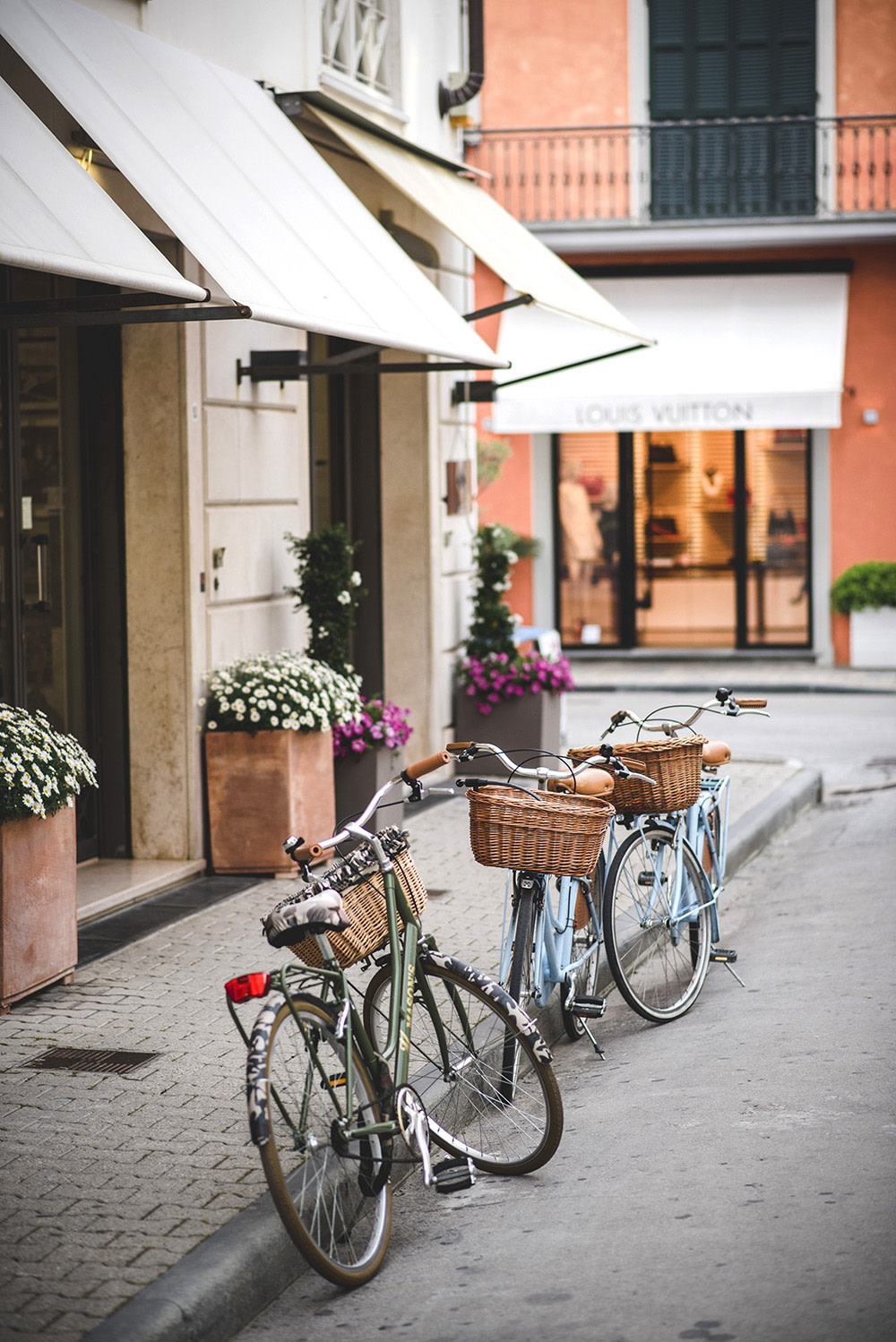 All the style of Forte dei Marmi, to be explored strictly on foot or by bicycle
All the style of Forte dei Marmi, to be explored strictly on foot or by bicycleAnother obligatory appointment for a summer in Versilia is undoubtedly the Festival della Satira Politica in Forte dei Marmi, which over the years has recognised and rewarded leading figures including Dario Fò, Fiorello, Forattini and Roberto Benigni. Not forgetting the concert at dawn on 15 August in the square in front of the pier, adorned with Anna Chromy’s sculptures.
A classical music concert with orchestra, followed by a light fish breakfast provided by local fishermen. 20 and 21 August see the 28th edition of the international food and wine competition A Tavola sulla Spiaggia. And don’t miss a weekly visit to the original and legendary Wednesday street market in the central Piazza Marconi, this year limited to 700 visitors at a time.
I’ll conclude this journey through my Versilia with a few utterly essential addresses for good food and excellent hospitality: in Forte dei Marmi Ristorante Lorenzo (1 Michelin star), Ristorante Bistrot (1 Michelin star), La Magnolia at Hotel Byron (1 Michelin star), Filippo Forte dei Marmi, Pozzo di Bugia, and da Orlando for its traditional filled focaccia. Right on the beach are Bagno Gilda, Bagno Alpemare, Bagno Silvio, il Maitò, Bagno Marechiaro, Bagno Augustus and Bagno Piero. In Pietrasanta Enoteca Marcucci and Filippo Ristorante a Pietrasanta. On the beach at Marina di Pietrasanta: the Twiga, Francomare or Bagno La Bussola.
I’ll finish with my top list for Viareggio: The Piccolo Principe at Grand Hotel Principe di Piemonte (2 Michelin stars), Ristorante Romano (1 Michelin star) and Lunasia at Hotel Plaza e de Russie. Have a great summer!






